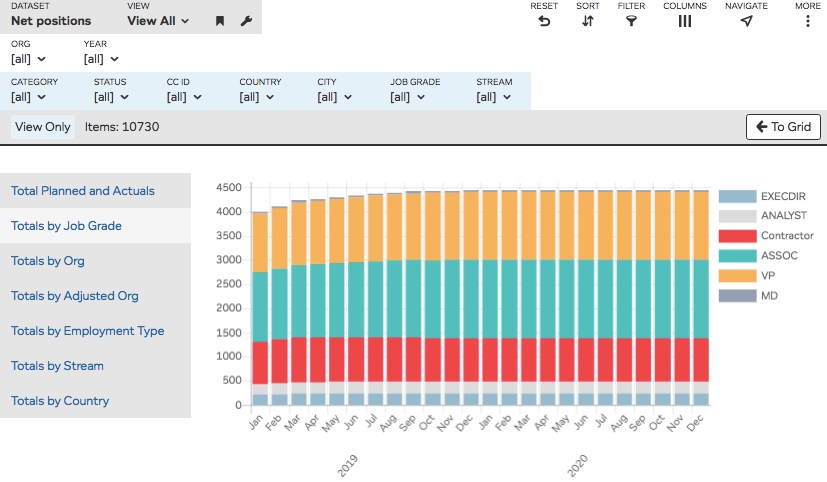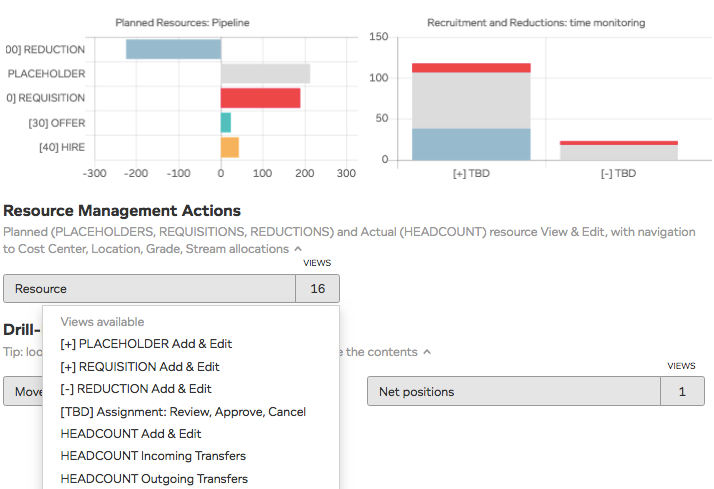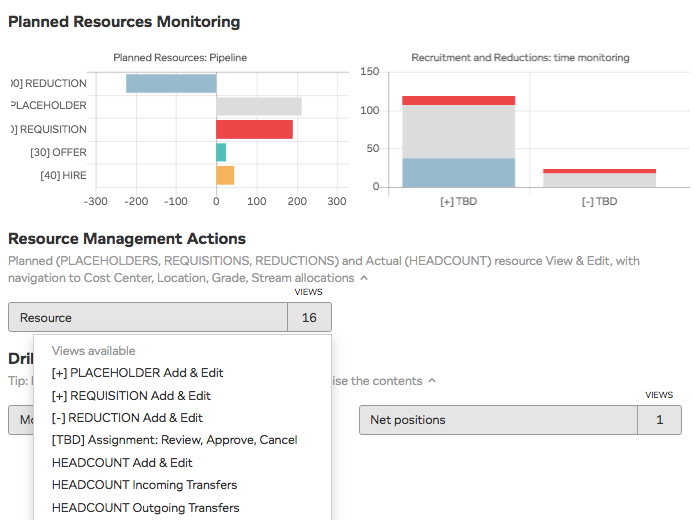The stat in the title comes from this insightful Deloitte report: Integrated Performance Management. Plan.Budget. Forecast.
I found it interesting because, in our quest to rid the corporate world of the wrong kind of spreadsheets, we at LiveDataset have created Connected Headcount Forecasting.
Spreadsheets can still play a useful role in plotting desire paths for new processes or for ad-hoc analysis, but they quickly become unwieldy when any significant collaboration is needed and are a nightmare when used as surrogates for multi-user, distributed systems. If you are reading this, you will know that …
“nightmare” does not even begin to describe an inefficient, error-prone process that does not scale.
Forecasting is about many things. We chose to focus on Headcount in the first instance because, in most companies, it’s the primary asset and greatest cost component.
HR platforms can be, ought to be, relied upon as the golden source for who-works-where-now. However, they lack an important dimension: time.
Understanding your headcount “in time” means better financial, logistical, strategic decisions.
At its simplest, time affects Headcount in two ways: people come, people go.
In LiveDataset, we show month-on-month totals, past and future on the same timeline – the actuals sourced from regular snapshots from HR systems, the forecasts gathered on a rolling basis from business managers who are close to the situation on the ground.

… What kind of totals? For example, the monthly distribution of people by cost centre, location, grade, driver, job function, project … we call these “allocation categories”.
The first three represent the foundation of cost allocation: ownership, logistics, skill-level – if you know that Joe works under cost centre X in Liberty Tower and is a Senior Manager, it will be easy to convert this information to $.
Driver, job function, project are business-aligned, strategic categorisations, technically similar but more challenging to define and manage – each company, based on their vision, will know which cut is most relevant to them.
…And what about the headcount you don’t have or don’t know about yet?
Virtual, “TBD”, people (+ or -) change the future shape of the organisation, they are the bread-and-butter of forecasting. HR systems will typically track open requisitions; on top of that, to build a full picture, managers will need to supply their estimates on planned hires and reductions further into the future.
Good tech for headcount forecasting needs to:
- build on the foundation provided by HR systems already in place
- be collaborative, iterative, centrally coordinated
- allow you to categorise resources according to your vision
- offer real-time transparency on past and future, real and virtual
A little over two millennia ago, Cato’s advice to orators was:
“rem tene, verba sequentur”
Grasp the subject, the words will follow.

…Today, our advice to business managers is:
ditch the spreadsheets and forecast with LiveDataset, sound decision-making will follow!

